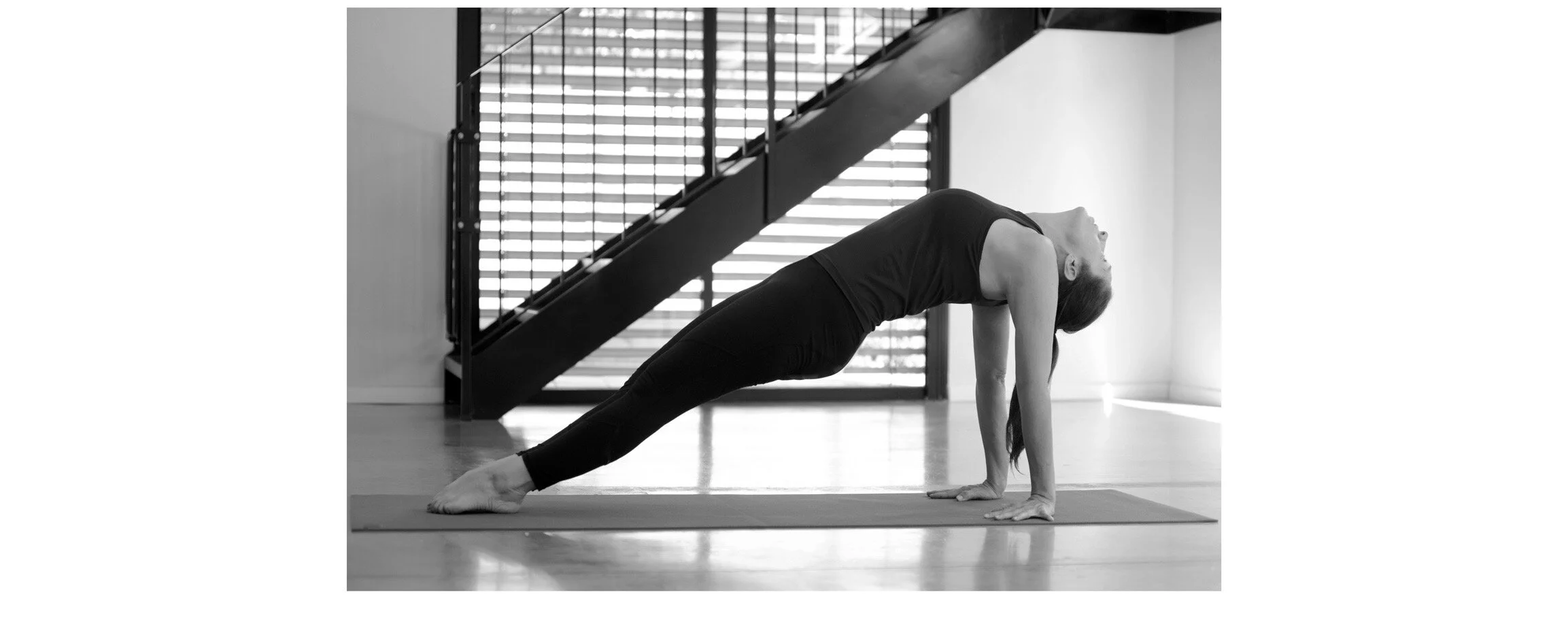With Mindfulness Practice Comes Choice
WHEN SOMETHING HAPPENS we react, analyse or shut down. When we have a thought or if there’s a situation that triggers us in some way, our reaction may be necessary or helpful but when the trigger hits us emotionally, our respond often won’t be beneficial to ourselves and others.
Mindfulness is being aware and seeing what’s happening without doing. Watching this process of mental upset in the mind and the stories that go with these emotions, without getting lost in a response which we will regret later. This way we are able to pause and modify our response to situations and people.Meaning, with mindfulness practice comes choice.
Staying with what is happening in our mind rather than reacting to it, analysing it or shutting down is challenging, but the practice of being present when challenging feeling arise, help us to be able to cope with them, and they may even seem less overwhelming.
In 2000 at Harvard university, Dr. Sara Lazar researched brain scanning on long term meditators which showed that those with long-term mindfulness practice had increased thickness in the pre-frontal cortex (the area of the brain responsible for modulation of behaviour) and increased capacity to regulate the limbic system (the emotional brain). Therefore, long term mindfulness practitioners are more likely to make rational decisions based on wisdom rather than emotions patterns. Mindfulness increases the neuro-plasticity (new neurological pathways) of the brain which is the brain’s capacity to adapt and change.
By combining mindfulness practice with breath work (pranayama) and yoga asana, we further balance the nervous system and brain activity and gain new ways of understanding ourselves and the way we can emerge in the world.





